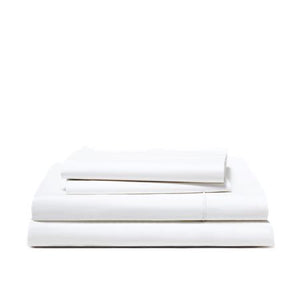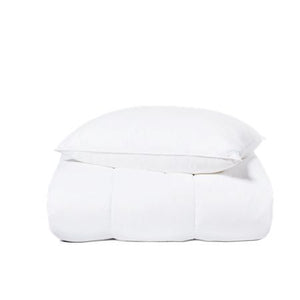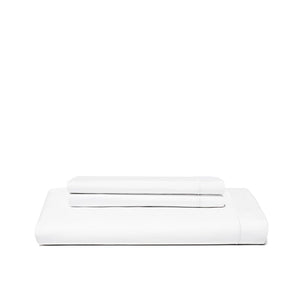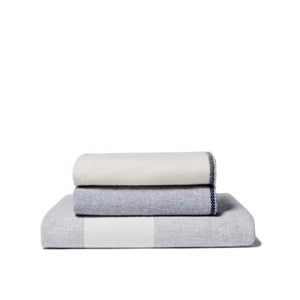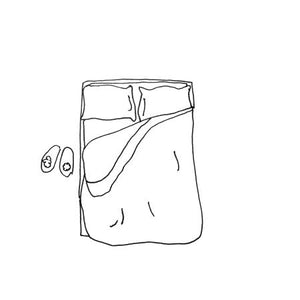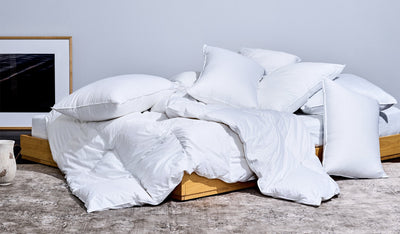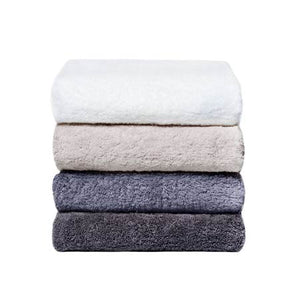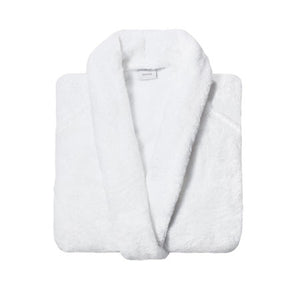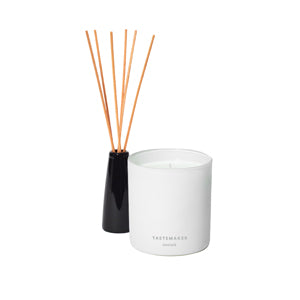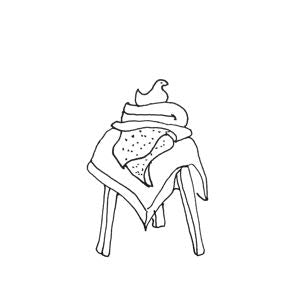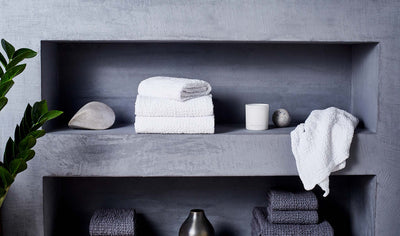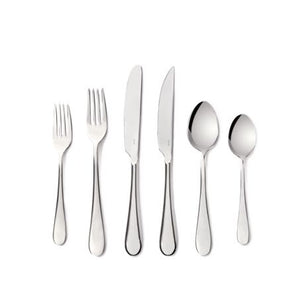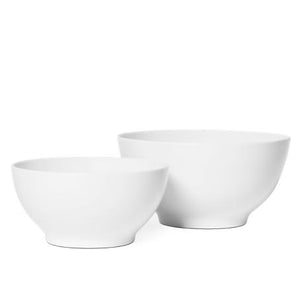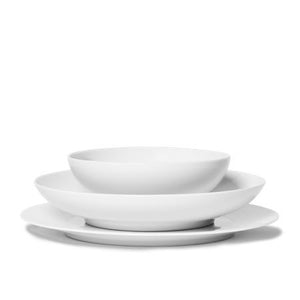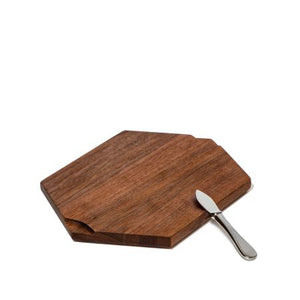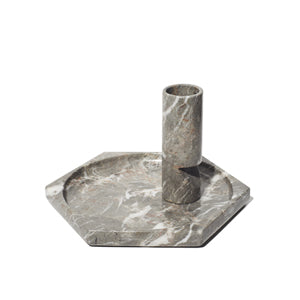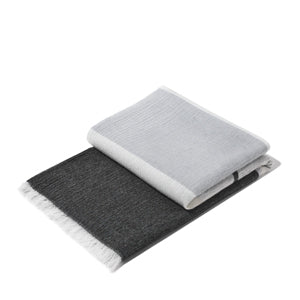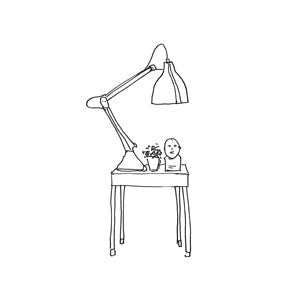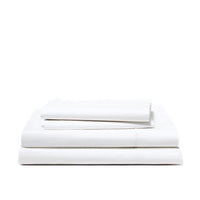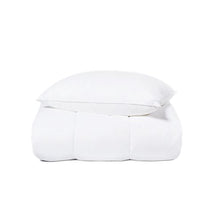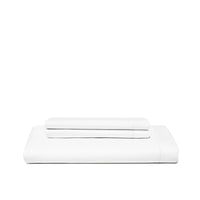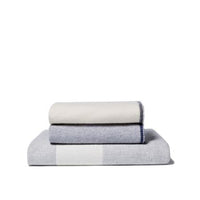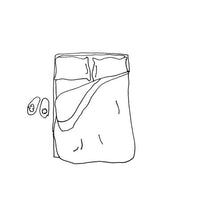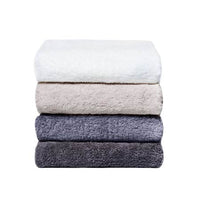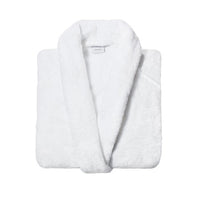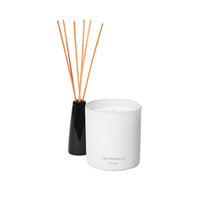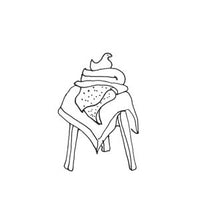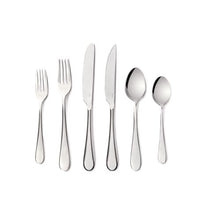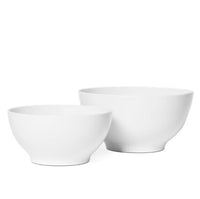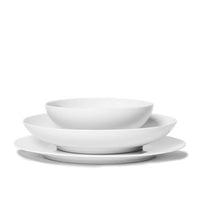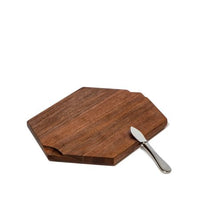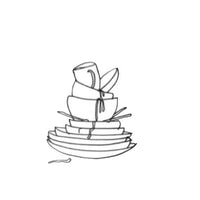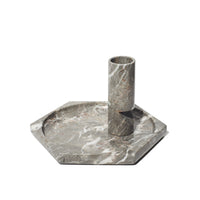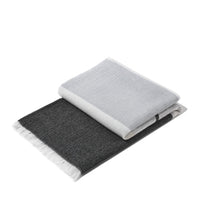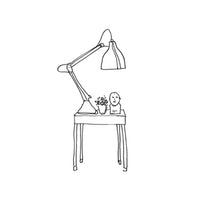Finding the perfect bedding is a big decision. Should you go with a down or down alternative? Let's break it down:
Down is natural, sourced from ducks or geese. It's prized for being lightweight, warm, and incredibly soft.
On the other hand, the down alternative is synthetic, often made from polyester. It mimics the feel of down but doesn't use animal products.
So, which is better for you?
If you value softness and breathability, real down might be your top pick. It's luxurious and cozy.
But if allergies or ethical choices matter to you, the down alternative is a smart option. It's hypoallergenic and animal-friendly.
Plus, the down alternative tends to be more wallet-friendly, making it a practical choice.
Both can offer a comfy night's sleep—it's all about what fits your preferences best.
Understanding Down and Down Alternative

Down
Down is a natural insulating material that is harvested from the soft and fluffy layer of feathers found underneath the outer feathers of ducks and geese. Down is known for its exceptional warmth and comfort, making it a popular choice for bedding and clothing.
One of the most important factors to consider when choosing down bedding is the fill power.
Fill power refers to the amount of space that one ounce of down occupies. The higher the fill power, the more air pockets the down has, resulting in better insulation and warmth.
Down Alternative
Down alternative is a synthetic material that is designed to mimic the feel and warmth of natural down. It is usually made from polyester or microfiber, and is a popular choice for people who are allergic to down or prefer a more affordable option.
Unlike natural down, down alternative does not have a fill power rating. Instead, it is rated by its weight, with a higher weight indicating a denser and warmer fill.
Down vs. Down Alternative
When it comes to choosing between down and down alternative, there are pros and cons to each option.
One of the main advantages of down is its superior warmth and insulation. It is also very lightweight and breathable, making it a great choice for people who tend to get hot while they sleep. However, down can be expensive and may not be suitable for people with allergies.
On the other hand, down alternative is more affordable and hypoallergenic, making it a good choice for people with allergies or those on a budget.
However, it may not provide the same level of warmth and insulation as natural down, and may be less durable over time.
When it comes to comforters, both down and down alternative options are available.
Down comforters are known for their plush, airy feel and voluminous look.
Down alternative comforters may not have the same level of loft, but they can still provide a cozy and comfortable sleep experience.
Down vs. Down Alternative Health & Comfort
When choosing between down and down alternative comforters, there are several health and comfort considerations to keep in mind. This section will cover two important aspects: allergy concerns and comfort and sleep quality.
Allergy Concerns
If you suffer from allergies, it is important to consider the type of filling in your comforter.
Down comforters are made from natural materials and can be a source of allergens such as dust and dust mites.
On the other hand, down alternative comforters are made from synthetic materials and are generally hypoallergenic, making them a better choice for allergy sufferers.
When it comes to dust mites, both down and down alternative comforters can be equally susceptible. However, down alternative comforters may be easier to clean and maintain, which can help reduce the number of dust mites present.
Comfort and Sleep Quality
Both down and down alternative comforters offer unique benefits when it comes to comfort and sleep quality.
Down comforters are known for their warmth and softness, while down alternative comforters are often more breathable and lightweight.
When choosing between the two, it is important to consider your personal preferences and sleeping habits.
If you tend to sleep hot, a down alternative comforter may be a better choice for you.
If you prefer a plush, luxurious feel, a lightweight down comforter may be the way to go.
Tips for Choosing a High-Quality Comforter
When it comes to selecting the right comforter, there are a few things to consider. By assessing your needs, evaluating fill and weight, and considering price and value, you can find the perfect comforter for you.
Know Your Needs
Before selecting a comforter, consider your needs as a sleeper.
If you tend to run hot at night, a lighter comforter may be more suitable for you.
On the other hand, if you tend to run cold or live in a colder climate, a heavier comforter with a higher fill power may be a better option.
Evaluating Fill and Weight
Fill and weight are important factors to consider when selecting a comforter.
Fill material, such as down or down alternative, can greatly affect the warmth and comfort of a comforter.
Down comforters are known for their superior insulation and longevity, while down alternative comforters are more budget-friendly and hypoallergenic.
Fill power is another important factor to consider.
This is the measure of the amount of space one ounce of down occupies in cubic inches. A higher fill power indicates a higher quality down and a more insulating comforter.
Weight is also an important factor to consider.
A heavier comforter may be more suitable for colder climates or those who tend to run cold, while a lighter comforter may be better for hot sleepers or warmer climates.
Considering Price and Value
Price and value are also important factors to consider when selecting a comforter.
Down comforters tend to be more expensive than down alternative comforters, but they also tend to last longer and provide superior insulation.
Down alternative comforters are more budget-friendly and hypoallergenic, making them a great option for those on a budget or with allergies.
When selecting a comforter, it's important to consider it as an investment in your comfort and sleep quality.
While a higher quality comforter may be more expensive upfront, it may save you money in the long run by lasting longer and providing better comfort.
Down vs. Down Alternative Comforter

Down Comforters
When it comes to bedding material, down comforters are often considered a luxurious choice.
They are filled with the soft under feathers of geese or ducks, providing a plush and cozy feel that many people love. Goose down is often considered the best quality, as it is fluffier and more durable than duck down.
One of the benefits of a down comforter is its ability to provide warmth without feeling heavy or bulky.
A high-quality down comforter will keep you warm in the winter and cool in the summer, making it a versatile choice for year-round comfort.
If you're looking for a luxurious and comfortable bedding option, a down comforter may be the perfect choice for you.
Keep in mind, however, that down products can be expensive and may require special care to maintain their loft and shape.
Down Alternative Comforters
If you're looking for a hypoallergenic bedding option or prefer to avoid animal products, a down alternative comforter may be the perfect choice for you.
These comforters are made from synthetic fill that is designed to mimic the feel of traditional down.
One of the benefits of a down alternative comforter is its affordability.
These products are often less expensive than down comforters, making them a great option for budget-conscious shoppers.
Additionally, down alternative comforters are often easier to care for than down products.
They can be machine washed and dried.
While down alternative comforters may not offer the same level of luxury as down products, they can still provide a plush and cozy feel.
They are also a great option for those with allergies or sensitivities to down.
Whether you prefer the luxurious feel of down or the affordability and convenience of a down alternative, there are plenty of options available to suit your needs.
Consider your budget, personal preferences, and any specific needs (such as hypoallergenic options) when choosing the best comforter for your bedroom.
Conclusion
Choosing between down and down alternative bedding depends on your preferences, needs, and budget.
Down comforters offer superior warmth, lightness, and luxury but may not be suitable for those with allergies or ethical concerns.
Down alternative comforters are budget-friendly, hypoallergenic, and easier to maintain, though they may not provide the same level of warmth and loft. Both types can ensure a comfortable night's sleep, so consider your sleeping habits, climate, and budget to find the best option for you.
Ready for a more comfortable sleep? Start today with SnoweHome's luxurious down and down alternative options and experience the difference in your sleep quality!
Recommended Articles:
Frequently Asked Questions

How do I care for my down or down alternative comforter?
- Down Comforters: Typically require dry cleaning to maintain their loft and integrity. Spot cleaning can be done for minor stains.
- Down Alternative Comforters: Usually machine washable and can be tumble dried on low heat, making them easier to maintain.
What should I look for in terms of quality when buying a comforter?
- Down Comforters: Check for high fill power (600 and above for better insulation) and the quality of the stitching and fabric.
- Down Alternative Comforters: Look for a higher weight rating for warmth and ensure the stitching and fabric are durable and well-made.
How do I store my comforter when not in use?
- Store your comforter in a breathable cotton bag or a large pillowcase to protect it from dust and moisture. Avoid storing it in plastic bags, which can trap moisture and lead to mold or mildew.
